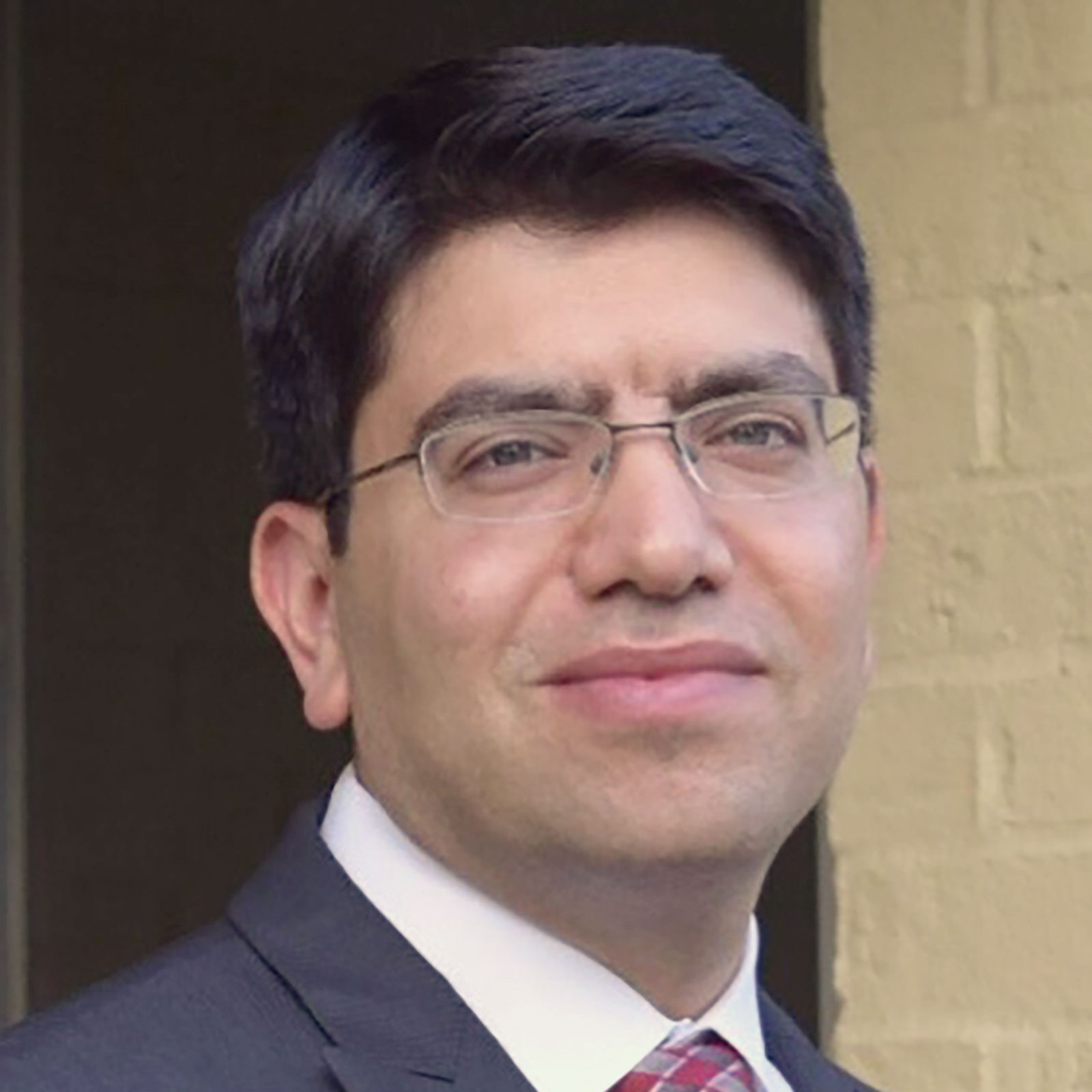On this page
Change is constant, but the pace has accelerated in the past five years. First, a global pandemic reshaped traditional approaches to work, and new technology increased automation. Now, AI is reshaping both organizational infrastructure and the employment landscape.
In today’s fast-paced and uncertain work environment, leaders need specialized skills to motivate their teams and successfully guide them through times of change.
Dr. Bobbi Wegner is a clinical psychologist, executive and team coach, startup founder, and Harvard Extension School instructor. She focuses on helping leaders strengthen their resilience and keep their teams engaged during periods of transition.
While most leadership advice is abstract, Dr. Wegner takes a tactical approach, sharing the science-backed frameworks and tools she uses with coaching clients.
Meet Our Expert

Why Motivation and Group Dynamics Matter
Remote or hybrid work environments have become more popular, making it harder for teams — and leaders — to establish personal connections. Additionally, stress has spiked across swaths of the U.S. workforce, with 67 percent of adults reporting an increase in stress over the course of the pandemic, according to the American Psychological Association.
As companies seek to retain talent and drive growth and revenue, building strong connections and reducing stress should be top leadership priorities.
“These aren’t just feel-good topics; they drive retention, productivity, and profitability,” Dr. Wegner says. “Highly cohesive organizations experience up to 59 percent better retention. They’re 21 percent more profitable.”
How to Lead Teams Through Uncertainty
Leading teams and groups through unpredictable times takes foresight. Leaders who want to successfully manage teams through large organizational changes or uncertain macroeconomic conditions should focus on motivating their teams. They can do this by:
- Building connections
- Creating psychological safety
- Communicating transparently
- Offering opportunities for growth and meaning
Build connections
“We’re just hardwired for connection,” Dr. Wegner explains. “We’re social by nature, and sometimes we lose sight of that.” In uncertain times, group cohesion is mission-critical for organizations. But that cohesion isn’t built overnight, and leaders need to invest in establishing meaningful connections early.
“Cohesion isn’t a single thread; it’s built over time,” Dr. Wegner says. “Shared experiences create bonds that help teams weather difficulty.”
Two ways to encourage strong relationships are:
- Investing in relationship-building: Whether it’s a five-minute catch-up at the beginning of a weekly meeting or monthly coffee chats with each team member, take the time to get to know the people you work with and show them that you see them as individuals.
- Creating opportunities for teams to connect: Build connections into your calendar. Schedule quarterly team outings or take time to celebrate after completing an important project.
Create and nurture psychological safety
It’s a common misconception that toxic workplace cultures are high-conflict, full of disagreements, complaints, and problems. In fact, Dr. Wegner says toxic workplaces are often quiet.
“One of the biggest signs of low psychological safety in a toxic workplace culture is nobody’s saying anything,” she says. “When there’s no psychological safety, people aren’t going to share. They can’t even talk about problems because nobody’s willing to take a risk and say what is actually going on.”
Reforming a toxic workplace is challenging. The first step to move in a healthier direction is to address the blocks to sharing. Figure out why people can’t say what they really think, then explore how to create an environment where there’s no retribution for pointing out problems or issues.
How to establish psychological safety:
- Model vulnerability: Be honest with your team. You don’t need to have all the answers — they just need to know you’re in it with them.
- Encourage open dialogue: Genuinely invite team members to share their honest opinions.
- Explicitly state the value of sharing (even when the feedback is uncomfortable): Feedback can be difficult to receive — especially when it’s not what you want to hear. But it’s also the only way you can improve. Let your team know that your workplace values constructive criticism and honest feedback by saying so, directly.
Practice transparent communication
Most leaders think they need to have all the answers — especially in situations when they actually don’t have much information.
“It’s okay to say, ‘I don’t know everything, but I’ll share what I can as soon as I can,’” Dr. Wegner says.
This authentic transparency builds trust between leadership and the team. It also gives teams a sense of control and belonging, because they understand that leaders aren’t purposefully withholding information. When teams trust their leaders, they experience less anxiety and are more engaged with their work.
Motivate beyond rewards
One of the biggest misconceptions leaders have is that the best way to motivate their teams is by offering rewards or incentives.
Most leaders think that increasing compensation or offering more time off is the biggest driver for changing behavior. And while compensation and paid time off matters, Dr. Wegner posits that this mindset misses the mark because it misunderstands the fundamentals of human psychology.
“Humans are actually purpose maximizers, not profit maximizers,” Dr. Wegner says.
Most employees aren’t motivated only by “carrots.” Ultimately, they’re more motivated by work that is meaningful. Washington Post columnist Daniel Pink breaks down the three basic elements of intrinsic motivation in his book “Drive”: autonomy, mastery, and purpose.
Autonomy gives employees some amount of freedom over the team, their time, and the work they do. Mastery refers to employees’ ability to learn and grow, and purpose is about the meaning they get from their work.
Tips on how to motivate beyond rewards:
- Give employees ownership: Let employees own a project, run a meeting, or determine the best way to reach the goals leadership has identified.
- Challenge them to grow: Give employees opportunities to learn new things by working with other departments, working closely with a more senior employee, or supporting learning opportunities.
- Regularly communicate the impact of their work: Let employees know when their work has made a difference, whether it’s a presentation that won a new client, a new vertical they identified and targeted, or a meeting they ran that helped clarify a project’s goals.
Finding Success in Management and Organizational-Industrial Psychology

I was the undisputed heroine in my life story and earning a degree wasn’t the end of this version of myself. It was the beginning of this new chapter of my life to try something that scared me, embrace uncertainty, ask for help, and succeed.

Earning a management degree from Harvard has been a game-changer. It validated my expertise, opened new career paths, and reinforced the belief that opportunities are there for those willing to pursue them.

Harvard Extension School has been a symbolic key to unlocking numerous leadership opportunities, breaking through barriers, and elevating my professional trajectory.
Tools for Managing Change
Change management is difficult for most organizations. It’s hard to break patterns or habits, establish new workflows, or introduce new tools. As the pace of change accelerates, learning how to manage organizational changes becomes increasingly important. While most leaders focus on the operational elements of organizational change, managing the human side is often more important in determining the success of a change.
Many leaders spend a lot of time thinking about what they’re going to say and how they can use their words to inspire and motivate. To Dr. Wegner, this approach is exactly backwards.
“Leaders should listen more than they talk,” Dr. Wegner says. “They should be listening 80 percent of the time.”
Traditional theories of motivation revolve around the dual ideas of “the carrot or the stick,” essentially promoting the belief that the best way to motivate someone is through reward or punishment. However, in creative, knowledge-based work, neither rewards nor punishments are effective motivational tools.
To better motivate their teams, instead of finding the right approach, language, or “carrot,” leaders can use something called motivational interviewing.
Motivational interviewing
Originally used in therapy, motivational interviewing has been adapted for other situations that involve understanding an individual’s perspective, like leadership and management. One popular motivational interviewing tool is the OARS framework, which encourages leaders to approach conversations with employees using certain communication techniques. The OARS framework stands for:
- Open-ended questions: “What do you think of this initiative?”
- Affirmations: “You’re really excellent at identifying process gaps we hadn’t considered.”
- Reflections: “I’m hearing that you’re hesitant about trying this new system.”
- Summaries: “To summarize, you’re concerned that the new system won’t integrate with all our existing tools. Is that right?”
When leaders hold these conversations, they should start by asking open-ended questions, affirm the employee, reflect the employee’s responses back to them, and summarize what the employee said to demonstrate understanding.
“Inviting people into the conversation allows them to feel seen, heard, and invested in outcomes,” Dr. Wegner says.
How to Apply Group Psychology Outside the Office
Group psychology applies to any group of two or more people who get together for a particular purpose. Group psychology can be witnessed in families, community organizations, sports teams, and more.
Leaders can better understand their in-office group dynamics by observing groups in a nonwork setting. Observing who leads the group, the connections within the group, and whether there is a clear purpose uniting the members can offer valuable insights.
Leadership Mistakes to Avoid
Leaders should recognize that toxic work cultures aren’t always loud. More often, disengaged silence is the real red flag. If your teams don’t feel safe sharing ideas or bringing up ongoing issues, they’re not going to throw a fit — they’ll simply check out.
Finally, true leadership is not about having all the answers. It’s about supporting your team, listening to them, and guiding them through ambiguous circumstances. Building trust through transparent communication is critical for developing the social cohesion that keeps the group functioning and successful during challenging times.
Group Dynamics for Non Leaders
Even those not currently in leadership roles can benefit from a better understanding of how group dynamics impact their work.
“Everyone plays a role in culture,” Dr. Wegner says. “Healthy organizations are built on relationships at scale.”
Leadership tools like the OARS framework, transparent communication, and connection-building can be useful for aspiring leaders, project managers, HR personnel, coaches — even parents.
Learn More
Applying group psychology lessons helps leaders build engaged, resilient teams that can readily ride the waves of uncertainty. Furthermore, it helps leaders understand that they’ve most likely been setting themselves an impossible standard.
“You don’t need to be perfect. You need to be present, curious, and willing to connect,” Dr. Wegner says.
Dr. Wegner teaches courses that apply toward management, industrial-organizational psychology, and psychology master’s degrees.

